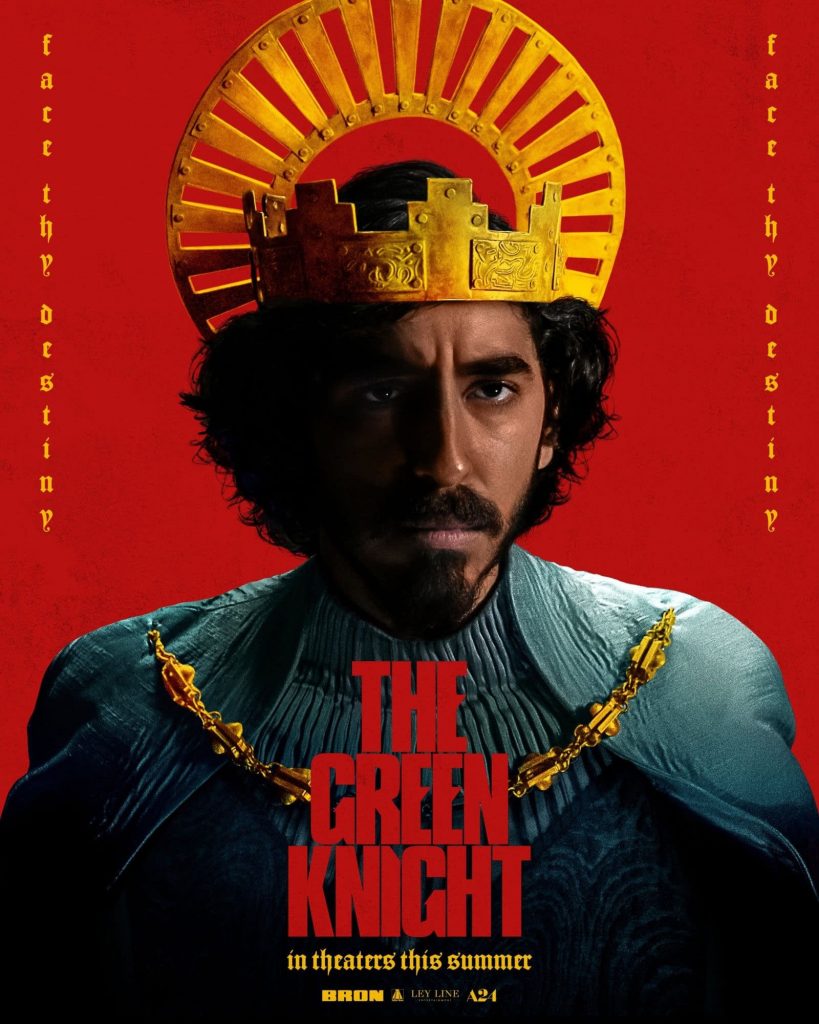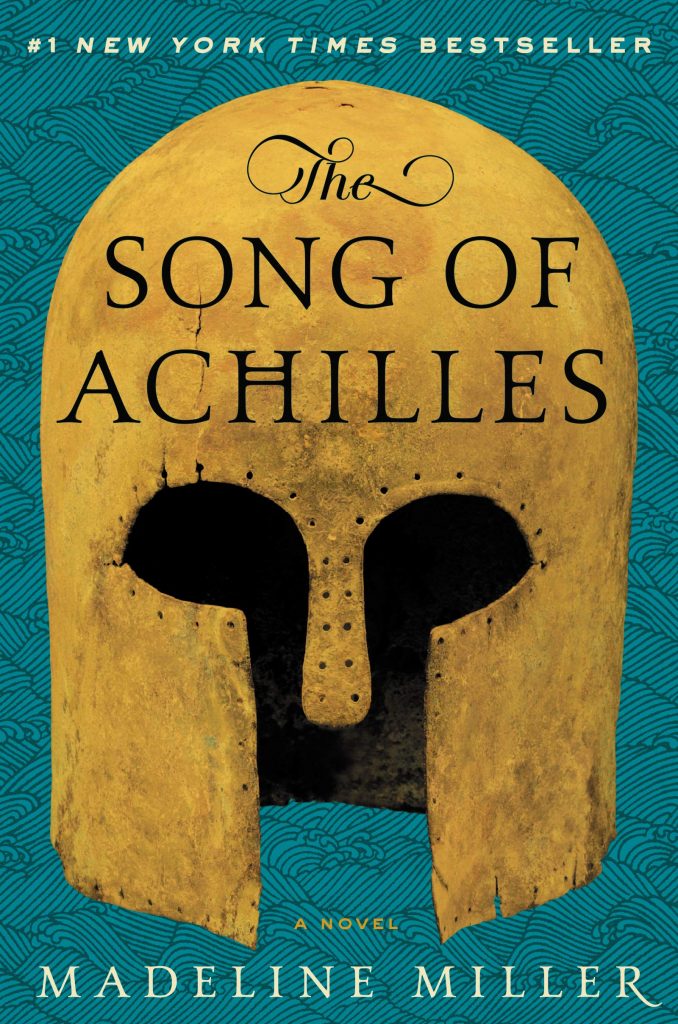In July, uber-cool film studio A24 released The Green Knight in theatres, but with the new school year starting and sweater weather approaching, I feel there’s no better time to delve into an old Arthurian legend than autumn (except maybe Christmas, when the story takes place). If you haven’t seen the film, it is an adaptation of an anonymously-penned chivalric romance from Medieval England about Sir Gawain (one the famed Knights of the Round Table). And if you have seen the film, you’re probably like, “what in the world did I just watch?”
Arthurian legends in media are in no short supply. We all at least vaguely know the names King Arthur, Guinevere, Lancelot, and Excalibur, right? You might have seen Disney’s The Sword in the Stone as a child (featuring, iconically, a Converse-wearing Merlin), or maybe the old parody staple, Monty Python and the Holy Grail (“Strange women lying in ponds distributing swords is no basis for a system of government”). More recently, there was BBC’s Merlin, in which the titular wizard is a young man when he befriends the weirdly jock-like Arthur (cue shipping). Historically, the old tales have been interpreted in countless paintings as well (you might recognize this one especially, of Elaine of Astolat, harboring an unrequited love for Lancelot). No matter the version, they’re always recognizable as being Arthurian. The departure from that recognition, from the usual tropes, names, and places, is what makes The Green Knight such a bizarre, and modern, take.
Continue reading

